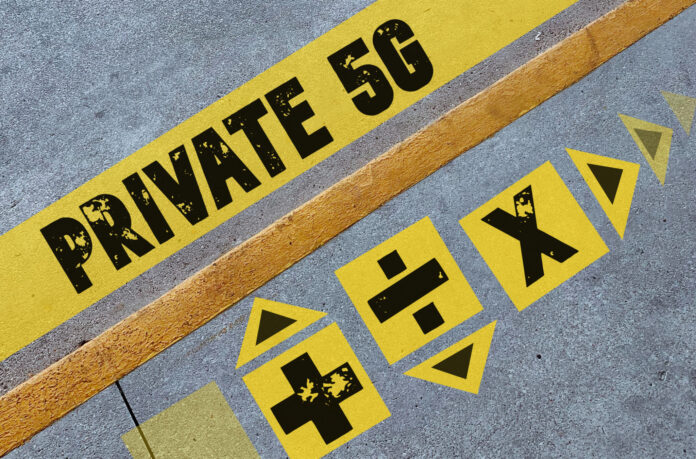There are 2,900 private LTE/5G networks across the world at the end of 2023, including trial and pilot deployments. So says Berg Insight, which calculates a quarter (700; 24 percent) are based on 5G, with close to half of these in trial mode, but most now moving to commercial operations. Nokia is the top vendor in the market, it says.
The number of private LTE- or 5G-based cellular networks will grow at an average compound rate of 33 percent per year until 2028 (over a period of four years), to reach 11,900 deployments, it said. Test cases will reduce, logically, as the technology is better understood by enterprise customers (and enterprises are better understood by tech vendors).
A “meaningful number” of private LTE networks will be upgraded to 5G “starting in the next two-to-three years”, said Berg Insight. It noted the prominence of legacy network equipment vendors (“Ericsson, Nokia and Huawei”) in the sector, but also the rise of smaller radio access network (RAN) vendors, now familiar to enterprises pitching and installing networks.
Finnish vendor Nokia’s portfolio of private LTE/5G network customers, counted as 635 at the end of the second quarter, is the biggest in the business, said Berg Insight. It listed Airspan Networks, Baicells, CommScope, JMA Wireless, Mavenir, Samsung Networks, Sercomm, and ZTE as emerging powers in the private networks RAN game.
It also listed Druid Software, Athonet (owned by HPE), and Affirmed Networks and Metaswitch (both owned by Microsoft) as specialist core network vendors. In total, EPC/5GC (LTE/5G core) offerings are available from close to 30 vendors. It carves-out a third category of “IT-centric players like Cisco and HPE” with “integrated Wi-Fi and LTE/5G solutions”.
Celona, backed by NTT and Qualcomm, is mentioned, too. New research from Berg Insights makes the point that the private cellular market has matured to the point that these various (RAN) vendors are now going through distributor and reseller channels to get their products into enterprises – rather than busily going it alone, direct to enterprises.
Fredrik Stalbrand, principal analyst at Berg Insight, commented: “The major RAN vendors all play significant roles as integrated solution providers and are challenged by a number of smaller RAN equipment providers. The vendors increasingly pursue channel-led sales strategies, and have developed ecosystems of mobile operators, system integrators, value added resellers (VARs), and consulting partners to bring solutions to market.”

